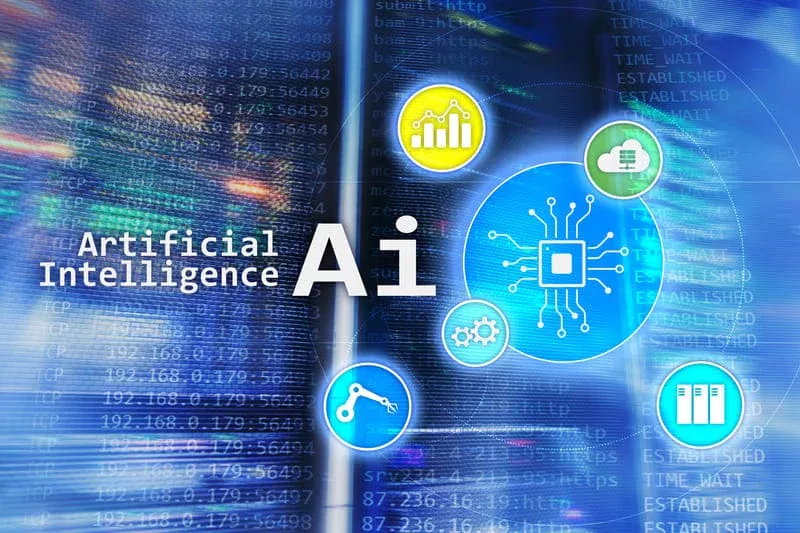The basic fact finding techniques include questionnaires, interviews, observation, and document collection. Once you’ve completed all testing phases, it’s time to deploy your new application for customers to use. After deployment, the launch may involve marketing your new product or service so people know about its existence.

The software development life cycle (SDLC) is the process of planning, writing, modifying, and maintaining software. Developers use the methodology as they design and write modern software for computers, cloud deployment, mobile phones, video games, and more. The iterative and phased stages of an SDLC benefit from the leadership of a dedicated https://www.globalcloudteam.com/ project manager. The major goal of an SDLC is to provide cost effective and appropriate enhancements or changes to the information system that meet overall corporate goals. The project manager is responsible for executing and closing all the linear steps of planning, building, and maintaining the new or improved system throughout the process.
Iterative
In business, any systems which are implemented into the operations must go through several processes before they are fully integrated into the company infrastructure. SDLC or the Software Development Life Cycle is a process that produces software with the highest quality and lowest cost in the shortest time possible. SDLC provides a well-structured flow of phases that help an organization to quickly produce high-quality software which is well-tested and ready for production use. In traditional software development, security testing was a separate process from the software development lifecycle (SDLC). The security team discovered security flaws only after they had built the software. This led to a high number of bugs that remained hidden as well as increased security risks.

This phase lays out what will happen during the project’s life cycle and decides whether or not it will succeed. At this point, the team structure, time frame, budget, security, and other critical issues should all be considered. This can include handling residual bugs that were not able to be patched before launch or resolving new issues that crop up due to user reports. Larger systems may require longer maintenance stages compared to smaller systems.
systems development life cycle (SDLC)
SDLC models provide a clear roadmap for the software development process, delineating each phase from conception to deployment. This structure offers predictability, allowing stakeholders to know what to expect at each stage. A system development life cycle (SDLC) is a systematic project management model that lays out the steps involved in developing an IT system, from conception to completion.
Incorporating these stages and best practices when navigating through the SDLC models ensures not only efficient software development but also products that truly resonate with end-user needs. These models provide a structured approach to systems life cycle phases software development, ensuring that each stage of the process is meticulously executed. A recent study by the National Research Council (National Research Council 2008) focused on reducing the development time for US Air Force projects.
Software Development Life Cycle (SDLC) Models And Phases
It is important in Pre-Phase A to develop and mature a clear vision of what problems the proposed program will address, how it will address them, and how the solution will be feasible and cost-effective. Decomposing the program/project life cycle into phases organizes the entire process into more manageable pieces. The program/project life cycle should provide managers with incremental visibility into the progress being made at points in time that fit with the management and budgetary environments. SDLC models describe the overall process and phases involved in software development.

Once the fresh designs are ready, the relevant team members can start working on the development of the systems. In this phase, the blueprint of the system moves from model to practical as the developers flesh out a fully functional system. In the planning phase in systems development, the systems analyst should focus on what the system is aiming to achieve and use that information to find a way to achieve that goal. Evaluating the systems already in place is also important in this phase as there might be a pre-existing system which might offer a cheaper solution with some improvement. The System Development Life Cycle (SDLC) provides a well-structured framework that gives an idea, of how to build a system.
Stage 4: Develop the code.
It’s critical to follow the seven phases of the System Development Life Cycle whenever you’re working on a new product. Developers have a clear understanding of the objectives they must achieve and the deliverables they must complete within a certain time frame, reducing the risk of wasting time and money. This method results in several release cycles, during which each iteration is tested, bugs are resolved, and input from stakeholders is gathered. It entails iterative development, constant improvement, and adaptability in the face of change. With web application security add an extra layer of protection to your application and stop DDoS attacks and data breaches before they even occur.
- This may involve training users, deploying hardware, and loading information from the prior system.
- This means it is important to evaluate the life cycle of the different systems in the business and analyse whether the systems are worthwhile implementing.
- It’s linear and straightforward and requires development teams to finish one phase of the project completely before moving on to the next.
- The information system will finally be built and incorporated into its environment.
- When teams have clarity into the work getting done, there’s no telling how much more they can accomplish in the same amount of time.
- Figure 5 shows the generic life cycle stages for a variety of stakeholders, from a standards organization (ISO/IEC) to commercial and government organizations.
This SDLC model allows for refining the software in cycles, leading to continuous improvement. An example could be enhancing the UI/UX features based on customer feedback or integrating new payment gateways. In conclusion, as cyber threats become more sophisticated, it’s vital for SDLC models to evolve and prioritize security.
Object-oriented analysis and design
Human subjects representing the user population participate in operations evaluations of the design, use, maintenance, training procedures, and interfaces. Engineering specialty and crosscutting analysis results are integrated into the design, and the manufacturing process and controls are defined and valid. Systems engineers are involved in this phase to ensure the final detailed designs of the various systems will work together, are compatible, and are likely to meet the customer expectations and applicable requirements.

SDLC assists with process development, change management, user experience, and policies in addition to technical aspects of system development. An SDLC also provides for planning ahead of time, determining expenses and staffing decisions, defining goals, measuring performance, and validating points at each stage of the cycle to improve the final product’s quality. Cloud computing is one example where trust and trustworthiness39 between cloud service providers (CSPs) and a federal agency is critical for the effective application of the NIST RMF. The Federal Risk and Authorization Management Program (FedRAMP) “introduces an innovative policy approach to developing trusted relationships between Executive departments and agencies and cloud service providers (CSPs)” [11].
How can DevSecOps be integrated into SDLC?
These advanced studies, along with interactions with customers and other potential stakeholders, help the team to identify promising mission concept(s). The key stakeholders (including the customer) are determined and expectations for the project are gathered from them. If feasible concepts can be found, one or more may be selected to go into Phase A for further development.
STARTUP STAGE: Crewfare aims to make booking event and group … – PhocusWire
STARTUP STAGE: Crewfare aims to make booking event and group ….
Posted: Wed, 11 Oct 2023 12:11:40 GMT [source]